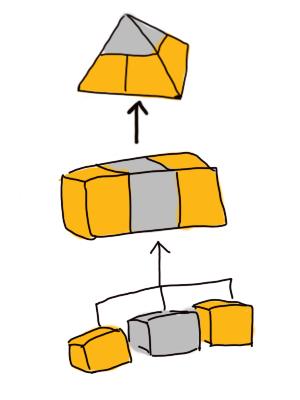Big Idea: Activities where students make predictions about upcoming content improve their ability to remember and comprehend.
Hmm, Chapter 2: Predicting, in James Lang’s Small Teaching is going to explain how the desire to be right in my guess about an upcoming topic reinforces that content. (Reader thinks to self, turns page…)
The second chapter within the Lang’s section on the acquisition of knowledge takes what might seem like a throw-away moment in a lesson and shows the powerful tool it can become.
The authors explore several studies establishing the effectiveness of prediction or prediction-like activities. Following along on this journey is illustrative of the first argument for prediction activities. Each case awakens long dormant linkages in the minds of we readers, having studied memory theory so long ago.
The current research establishes results for both recall and comprehension. The connected nature of knowledge, as we tuck it away and then drag it out to meet a new nugget, is behind the effect that prediction can have on learning. Making predictions lets us have a mental play-date with a fact before seeing how it interacts with the new kids.
In addition to this support for accepted cognitive process, it’s also argued that prediction activities offer a window into the assessment model of a topic. Not just in a way that offers hints for drill and practice, but that reveals the scope and depth of material selected as important by experts.
Another benefit is the revelation of gaps in the student’s own knowledge. Prediction activities can dispel misplaced confidence in the student’s abilities.
Models for prediction activities
- Pretesting: provide quick, low/no stakes tests about the material to come. Let the format mirror the eventual assessment.
- Clicker predictions: (or don’t use clickers – there are many free apps that do it just as well). At key junctions in a lesson, present questions requiring students to use conceptual knowledge.
- Prediction-exposure-feedback: absent technical support, ask students for responses about material to come, based on their prior or potentially related knowledge. Progress through the lesson and take opportunities to elicit feedback about their original predictions, why were they accurate or off the mark?
- Closing predictions: end a lesson with a call for predictions about material to be learned in the assigned readings. Take up the predictions at the beginning of each class.
Principles for prediction activities
- Stay conceptual: let students apply their knowledge about how the world works to your question. Learning can come from the exercise, regardless of the accuracy.
- Provide fast feedback: don’t let the wrong answer bake for too long. Ideally, provide feedback within the lesson, or at least by the beginning of the next session.
- Induce reflection: every prediction is an opportunity to explore the assumptions and prior knowledge that supported it. The why of a right or wrong answer can have more use than the answer itself.
Some questions
- How might prediction activities be experienced by students without a working model/metaphor for a discipline (a philosophy student starting a chemistry class)?
- How might we deal with student perceptions of failure (or fears of exposure) in a lesson where prediction activities are used?
- If a student arrives at the correct prediction, but based on a completely erroneous paradigm, how might an educator resolve this?


